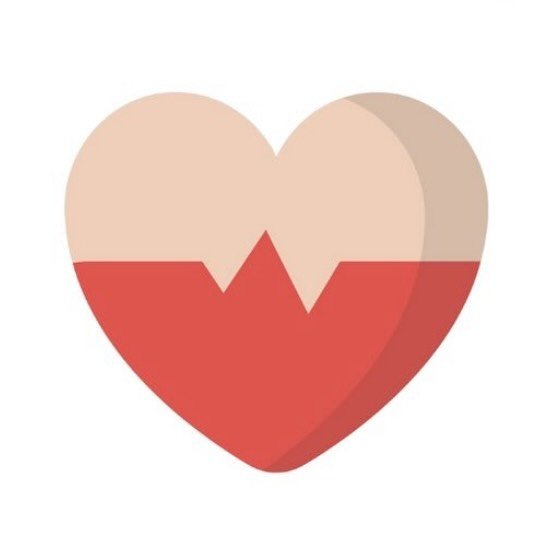The streets of Washington were filled with thousands of people from all over the United States, rallying for women’s reproductive rights and other causes that are under threat from the incoming Trump administration. This march, known as the People’s March, is a reprise of the original Women’s March that took place eight years ago, days before President-elect Donald Trump’s first inauguration. The marchers, determined to show that support remains strong for women’s access to abortion, transgender people, and other issues, were caught off guard by Trump’s victory and are now more determined than ever to make their voices heard.
As the demonstrators staged in squares around Washington, pounding drums and yelling chants under a slate-gray sky and chilly wind, they held signs with slogans such as “Save America” and “Against abortions? Then don’t have one” and “Hate won’t win.” The atmosphere was electric, with people from all walks of life coming together to fight for their rights and the rights of others. Jill Parrish, a marcher from Austin, Texas, said she initially bought a plane ticket to Washington for what she expected to be Democratic Vice President Kamala Harris’s inauguration, but after Trump’s win, she changed her plans to march in protest instead.
The rally has a new name, the People’s March, as a means to broaden support, especially during a reflective moment for progressive organizing after Trump’s decisive win in November. The event promoted themes related to feminism, racial justice, anti-militarization, and other issues, and ended with discussions hosted by various social justice organizations. The People’s March is unusual in the vast array of issues brought together under one umbrella, and it’s a testament to the power of unity and solidarity in the face of adversity.
The movement has come a long way since the first Women’s March in 2017, which attracted over 500,000 marchers in Washington alone and millions more in local marches around the country. Although the march is expected to be about one-tenth the size of the first one, it’s still a significant show of force and a reminder that the fight for women’s and reproductive rights, LGBTQ rights, immigration, climate, and democracy is far from over.
As Tamika Middleton, managing director at the Women’s March, said, “The reality is that it’s just hard to capture lightning in a bottle.” The movement has evolved, and this year’s march is not just about protesting Trump’s presidency but about focusing attention on a broader set of issues and bringing people together to keep fighting for their rights in their communities. The march may not be as large as the first one, but it’s a powerful reminder that the struggle for justice and equality is ongoing, and it will take all of us working together to create a better future for everyone.
The marchers, including Minnesota high school teacher Anna Bergman, who wore her original pink pussy hat from the 2017 Women’s March, and Rick Glatz, a grandpa from Manchester, New Hampshire, who marched for his four granddaughters, are a testament to the power of grassroots organizing and the importance of standing up for what we believe in. As Jo Reger, a sociology professor, said, “Often what it does is bring change and bring in new perspectives, especially of underrepresented voices.” The People’s March is a beacon of hope and a reminder that together, we can create a more just and equitable society for all.

